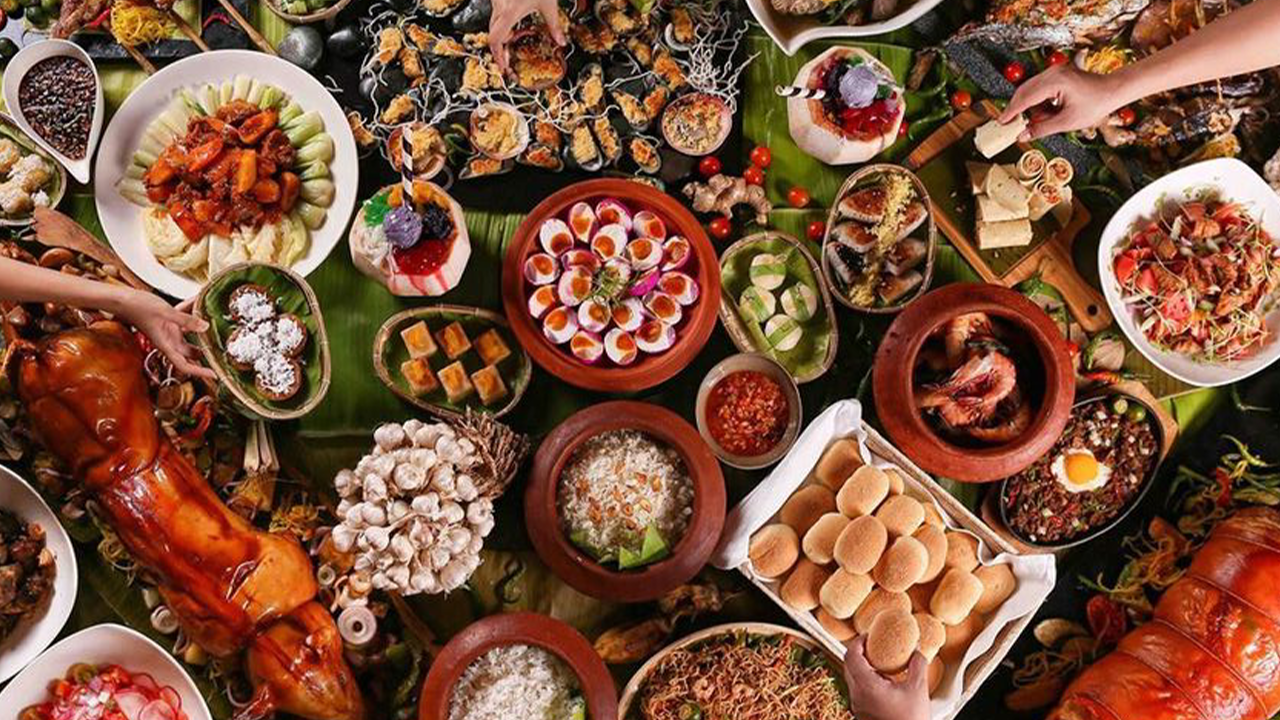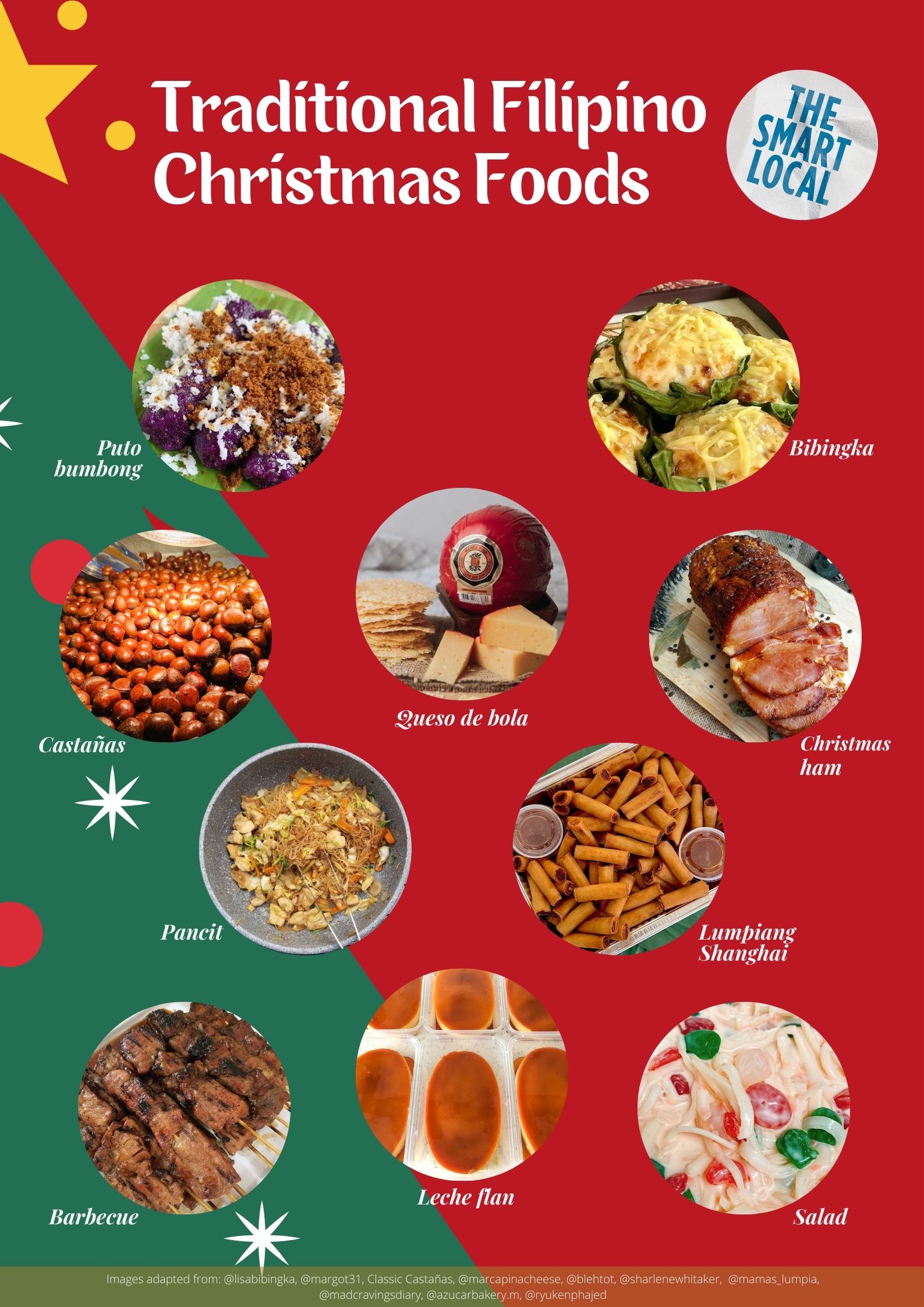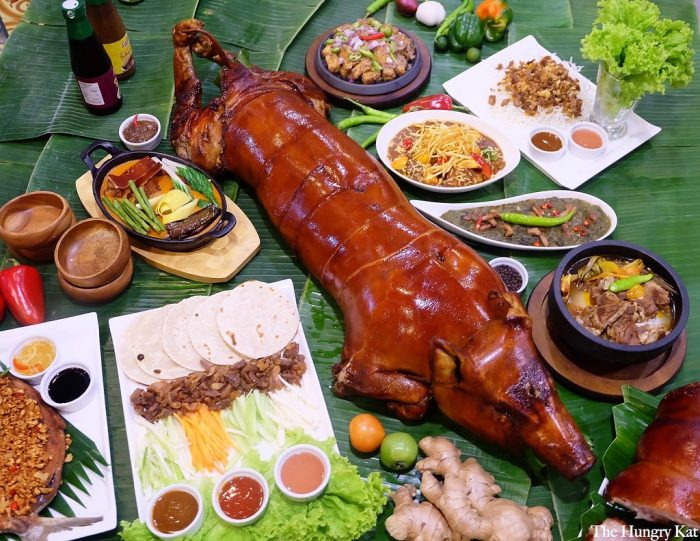27, Sep 2023
Christmas Food In The Philippines: A Culinary Symphony Of Tradition And Delights
Christmas Food in the Philippines: A Culinary Symphony of Tradition and Delights
Related Articles: Christmas Food in the Philippines: A Culinary Symphony of Tradition and Delights
- Christmas Eve Readings 2024: A Journey Of Reflection And Celebration
- Christmas Drawings Kawaii 2024: A Guide To Creating Adorable Holiday Art
- Christmas Food Drawings 2024: A Festive Guide To Capture The Culinary Spirit Of The Season
- Christmas Door Decorations: A Work Of Art For 2024
- Christmas Food Drive Flyer Template 2024
Introduction
In this auspicious occasion, we are delighted to delve into the intriguing topic related to Christmas Food in the Philippines: A Culinary Symphony of Tradition and Delights. Let’s weave interesting information and offer fresh perspectives to the readers.
Table of Content
Video about Christmas Food in the Philippines: A Culinary Symphony of Tradition and Delights
Christmas Food in the Philippines: A Culinary Symphony of Tradition and Delights

Christmas in the Philippines is a time of great celebration and feasting, with food playing a central role in the festivities. From traditional dishes to modern culinary creations, the Christmas table in the Philippines is a vibrant and delectable spread that reflects the country’s rich culinary heritage and love of food.
Traditional Delights
- Lechon (Roasted Pig): This is the centerpiece of any Filipino Christmas feast. A whole pig is roasted on a spit over a fire, resulting in crispy skin and succulent meat. It is typically served with a dipping sauce made from liver and vinegar.
- Hamon (Glazed Ham): Another Christmas staple, hamon is a cured and smoked ham glazed with a sweet pineapple sauce. It is often served with a side of fruit or vegetables.
- Queso de Bola (Edam Cheese): This round, red-waxed cheese is a popular Christmas treat. It is typically served sliced or grated over other dishes.
- Bibingka (Rice Cake): This traditional Filipino rice cake is made from glutinous rice flour, coconut milk, and sugar. It is cooked in a clay pot and topped with grated coconut and salted egg.
- Puto Bumbong (Purple Rice Cake): This purple-colored rice cake is made from glutinous rice and coconut milk. It is steamed in bamboo tubes and served with a sweet coconut sauce.
- Kutsinta (Steamed Cassava Cake): This soft and chewy cake is made from cassava, coconut milk, and sugar. It is steamed in a mold and served with a grated coconut topping.
Modern Culinary Creations
In recent years, Filipino chefs have been putting their own creative spin on traditional Christmas dishes, resulting in a range of innovative and delectable creations.
- Lechon Belly Rolls: Thinly sliced pork belly is rolled up and stuffed with various fillings, such as vegetables, cheese, or sausage. They are then roasted until crispy and served with a dipping sauce.
- Hamon with Mango Glaze: A twist on the classic hamon, this dish features a glazed ham with a sweet and tangy mango sauce.
- Queso de Bola Fondue: Edam cheese is melted and served with a variety of dipping options, such as fruits, vegetables, or bread.
- Bibingka with Salted Caramel: The traditional bibingka is topped with a decadent salted caramel sauce, creating a sweet and savory combination.
- Puto Bumbong with Ube Halaya: This purple rice cake is served with a sweet ube (purple yam) halaya, adding a vibrant color and a rich flavor to the dish.
- Kutsinta with Coconut Pandan Cream: The steamed cassava cake is topped with a creamy sauce made from coconut milk and pandan leaves, resulting in a fragrant and flavorful dessert.
Regional Variations
Christmas food in the Philippines varies slightly from region to region, reflecting the country’s diverse culinary traditions.
- Central Luzon: The Pampanga region is known for its famous lechon, which is said to be the best in the country.
- Southern Luzon: The Bicol region is known for its spicy dishes, such as laing (taro leaves in coconut milk) and pinangat (fish or meat in coconut milk).
- Visayas: The Visayas region is known for its seafood dishes, such as kinilaw (raw fish salad) and sinugba (grilled fish).
- Mindanao: The Mindanao region is known for its exotic dishes, such as adobo sa gata (chicken or pork in coconut milk) and kinilaw na tuna (raw tuna salad).
Christmas Eve Traditions
On Christmas Eve, Filipinos typically gather for a special meal called "Noche Buena." This meal is usually served late at night, after the traditional Simbang Gabi (midnight mass). The menu for Noche Buena typically includes a variety of dishes, such as lechon, hamon, queso de bola, bibingka, puto bumbong, and kutsinta.
Christmas Day Feasts
On Christmas Day, families and friends gather for a large feast that may include all or some of the dishes mentioned above. The meal is often served with rice and a variety of side dishes, such as vegetables, salads, and desserts.
Christmas Food as a Symbol of Joy and Unity
Christmas food in the Philippines is more than just sustenance; it is a symbol of joy, unity, and the spirit of the season. The preparation and sharing of these dishes bring families and communities together, creating memories that will last a lifetime.
Conclusion
Christmas food in the Philippines is a vibrant and diverse culinary tapestry that reflects the country’s rich heritage and love of food. From traditional delights to modern culinary creations, the Christmas table in the Philippines is a feast for the senses and a testament to the Filipino people’s passion for food and celebration.








Closure
Thus, we hope this article has provided valuable insights into Christmas Food in the Philippines: A Culinary Symphony of Tradition and Delights. We appreciate your attention to our article. See you in our next article!
- 0
- By admin